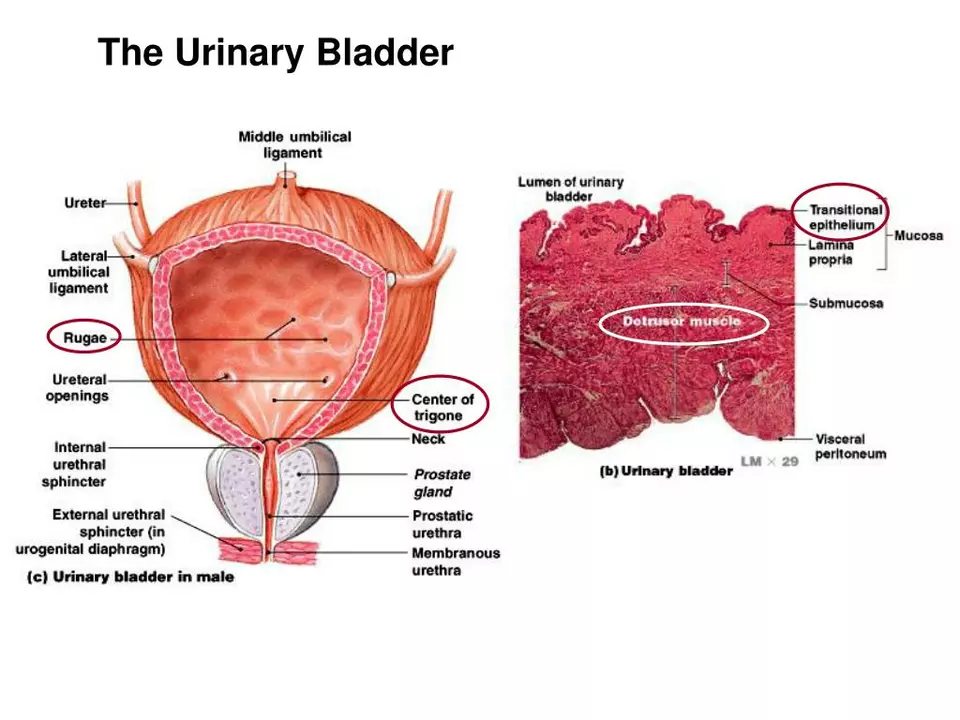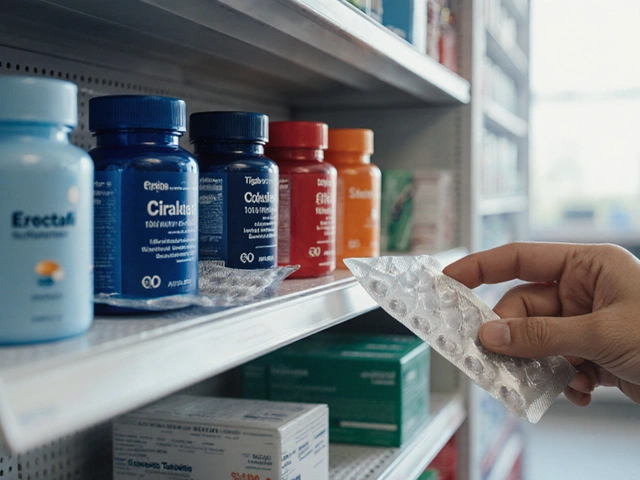Bladder Incontinence: Simple Answers and Practical Steps
Bladder incontinence — leaking urine when you don't want to — is common and treatable. Whether it only happens when you sneeze or it's a frequent urge you can't ignore, small changes often make a big difference. Below you’ll find clear steps you can try right away, plus when to see a professional.
Know the main types and what they mean
Knowing the type helps pick the right fix. Stress incontinence happens with pressure on the bladder — coughing, lifting, laughing. Urge incontinence is a sudden, strong need to go and sometimes leaking before you reach a toilet. Mixed incontinence is both. Overflow incontinence is less common and happens when the bladder can't empty fully.
If your symptoms started after surgery, a new medicine, or a sudden illness, tell your doctor — those are clues that point to treatable causes.
Practical steps you can try today
Start with behavior changes: reduce caffeine and alcohol, avoid too much fluid right before bed (try stopping fluids two hours before sleep), and spread drinks through the day instead of gulping large amounts at once. If you smoke, quitting helps — coughing makes stress leaks worse.
Pelvic floor exercises (Kegels) help many people. Find the right muscles by stopping your urine midstream once; the squeeze you used is the pelvic floor. Do sets of 10 squeezes, holding 3–5 seconds each, three times a day. You should feel stronger in 6–8 weeks. If you’re unsure you’re doing it right, a pelvic floor physiotherapist can guide you.
Try bladder training for urge leaks: schedule bathroom visits every 60–90 minutes, then slowly increase the gap by 10–15 minutes as you succeed. When the urge hits, try distraction and pelvic floor squeezes to get you to the next scheduled time.
Use pads or absorbent underwear for confidence while you work on these changes. For stress incontinence, a vaginal pessary or urethral support device can help some women avoid surgery.
Medications can help, especially for urge incontinence. Common drug classes include anticholinergics (like oxybutynin or tolterodine) and beta-3 agonists (mirabegron). Talk to your doctor about side effects and whether a generic version is available to save money.
Surgery is an option when other steps don’t work, mainly for stress incontinence. A specialist can explain the risks, recovery time, and success rates for different procedures.
Want to cut costs? Compare prices for medicines and supplies, ask about generics, and look at reputable cross-border or discount pharmacies. Our site helps you compare Mexican pharmacy prices and find savings on common incontinence meds and supplies.
See a doctor now if you have blood in urine, fever, sudden severe symptoms, or if incontinence began quickly after an injury. Otherwise, start with lifestyle changes and pelvic floor work — many people see clear improvement within weeks.






